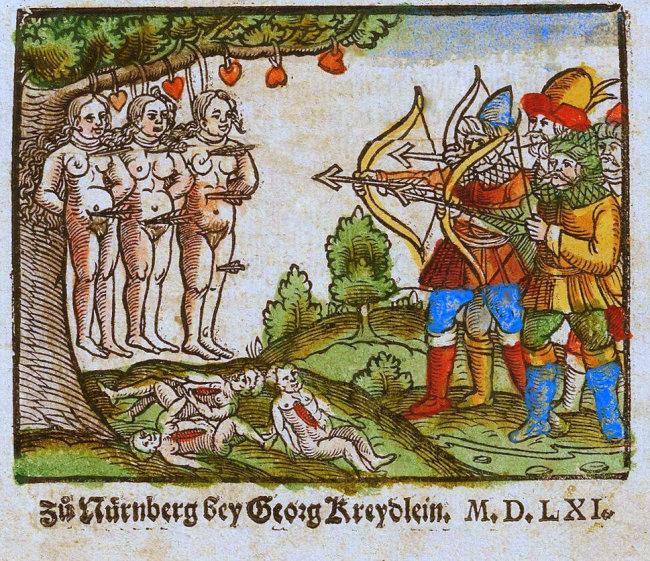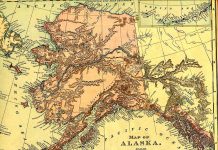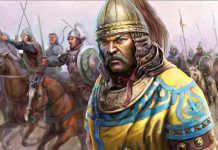In 2022, the civilized world shuddered with horror at the images of executed civilians in the city of Bucha. Then there was the bombed theater in Mariupol with the huge sign “children” written in front of it specifically to prevent that kind of bombing. Hundreds of women and children were killed in that single strike. Did the Russians do that kind of atrocity on purpose? Is it something new in their modus operandi?
Below is a short quote from a bestselling book by a British traveller Edward Clarke published some 220 years ago. Dr. Clarke inserted this passage in the footnotes already at the time the book was about to go into print because he found the information in the passage very important for the readers of his book to learn. Here is the quote:
“At the time of making this extract from my Journal, our English papers are filled with the atrocities committed, not merely by their common soldiers, but by their general officers in Finland. An account of them is published by the Lord-Licutenant of the county of Vasa, to which his respectable name is affixed. Posterity may there be informed what Russians were in the beginning of the present century, when a Major-general, Demidof, gave up the town of Vasa, during five days, to plunder, merely because he could not retain its possession; and, assisted by another monster in human form, the governor Emine, galloped through the streets, in order to give vigour and activity to a scene of murder, horrible cruelty, and devastation; crying out to his troops, Dobra, Dobra! (Bravo! bravo !) as they were bayonetting the weeping and kneeling inhabitants, mothers with their infants, aged and venerable men, ladies of distinction, children, and persons of whatever sex, age, or condition. “It instructs the world,” observes the Lord-lieutenant, “to describe their conduct; inasmuch as it determines their national character; and determines, with historic truth, that with barbarian slaves the character remains unchanged, notwithstanding the varnish put on by a sort of external humanizing, produced by intercourse with civilized nations.” In the parish of Nerpis, Major general Orlof Denesof caused three of the peasants to be bound together; and this being done, to prolong the pain and agony of the poor sufferers, the Russians pierced their thighs, arms, belly, and other parts, with bayonets, before they killed them.” (E. Clarke, Travels in Russia)
But the history of Russian crimes against civilians goes much further than that. The main picture of this article predates Clarke’s description by another 240 years. It is The first known European leaflet depicting Russian/ Moscovite atrocities against women and children. Printed in 1561 in Nuremberg, it shows the artrocities the Russians were committing in the area of present-day Estonia, Latvia, and Lithuania. It happened during the Livonian War which the Britannica describes as the “prolonged military conflict, during which Russia unsuccessfully fought Poland, Lithuania, and Sweden for control of greater Livonia”.
In just nine years, Ivan IV would sack Novgorod and be executing its civilians including women and children publicly for a week throwing bodies into the river:
“…the Volkoff (river) represented to me the frightful scenes connected with the siege of this republican city, taken, retaken, and decimated by Ivan the Terrible. I could fancy I saw the imperial hyena, presiding over carnage and pestilence, couched among the ruins of the city; and the bloody corpses of his subjects seemed to issue out of the river that was choked with their bodies, to prove to me the horrors of intestine wars. It is worthy of remark, that the correspondence of Archbishop Pinen, and of other principal citizens of Novgorod with the Poles, was the cause which brought the evil on the city, where thirty thousand innocent persons perished in the combat, and in the executions and massacres invented and presided over by the Czar [Ivan IV]. (Marquis de Custine)
Because of his sadistic cruelty, Ivan IV was given the name the Terrible, but that should not be his name. Here is why.
When the following year, in 1571, Crimean khan Devlet I Giray managed to bring his troops to Moscow and the tzar was needed to organize the city’s resistance or start negotiation, Ivan IV was nowhere to be found. According to some historians, he was hiding in the forests near Yaroslavl to the east of Moscow. Angered and frustrated, the Crimean khan burnt Moscow to the ground and led several hundred thousand Russians into slavery. This episode shows that the true name of Ivan IV should be the Terrified because, in the time of trouble, there was nothing left of the “Terrible”.
(The Wikipedia link above on the Fire of Moscow in 1571, has the following information: “In 1561, Muscovites “received a letter from the Patriarch of Constantinople” (which turned out to be false), which asserted the rights of Ivan the Terrible to claim himself the Tsar.” Historian K. Waliszewski adds a startling detail that 35 out of 37 signatures on that letter were forged and the 2 remaining signatures were bought by bribery. This situation can alzo serve as a perfect example of how Muscovite-“Russian” history and legacy were created – it is all about bribes and forgery. From a legal perspective, Ivan IV was not a tsar but an imposter.)
Back to the sadistic nature. Even Leo Tolstoy had to tell the truth of how Russians were perceived in the Caucasus during his lifetime at the end of the 19th century. As a reminder, Tolstoy served in the Caucasus personally, so what he describes next may have been something he eye witnessed:
“The feeling experienced by all the Chechens, from the youngest to the oldest, was stronger than hate. It was not hatred, for they did not regard those Russian dogs as human beings, but it was such repulsion, disgust, and perplexity at the senseless cruelty of these creatures, that the desire to exterminate them—like the desire to exterminate rats, poisonous spiders, or wolves—was as natural an instinct as that of self-preservation.” (Leo Tolstoy, Hadji Murad)
“Gardariki, Ukraine” e-book has new and little-known facts about the history of Rus-Ukraine.










